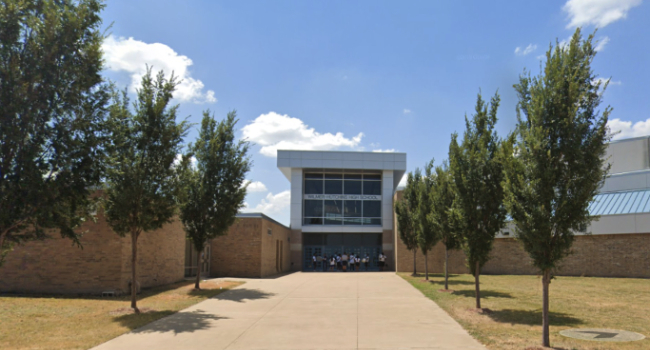
Five Injured at Dallas Area School Shooting
- By Ralph C. Jensen
- April 16, 2025
Five Wilmer-Hutchins High School (W-HHS) students were shot by a 17-year-old gunman at the southeast Dallas property. The shooting occurred April 15 at about 1 p.m. The high school campus hosts about 1,000 students.
The injured students range from 15 to 18, and all were taken to an area hospital. Treatment was given to non-life-threatening to serious. One student was shot at point blank range, A law enforcement officer responded within two minutes of the shooting. Numerous others law enforcement agencies responded.
The shooter was taken into custody and is being held at the Dallas County Jail, facing a felony aggravated assault mass shooting charge, and is being held on a $600,000 bond. It is not known if he has an attorney or if he has made an initial court appearance.
Review of school surveillance cameras shows an unidentified student allowing the suspect into the school through an unsecured door at about 1:03 p.m. The suspect then displayed a firearm and began firing indiscriminately.
Classes at W-HHS have been canceled this week. A motive for the shooting has not been established. The elementary school is still in session but with heightened police presence on campus.
A year ago, a shooting at W-HHS left one student injured after that shooter brought a handgun to the school but skirted metal detectors. The injured student was shot in the leg.
“Our hearts go out to the victims of this senseless act of violence at Wilmer-Hutchins High School,” Abbott said in a release. “I offered to support the school district families, students, and staff and to provide law enforcement with the tools they need to arrest the criminals involved and bring them to justice,” he said.
More updates will be added as they become available.
About the Author
Ralph C. Jensen is the Publisher/Editor in chief of Campus Security Today.